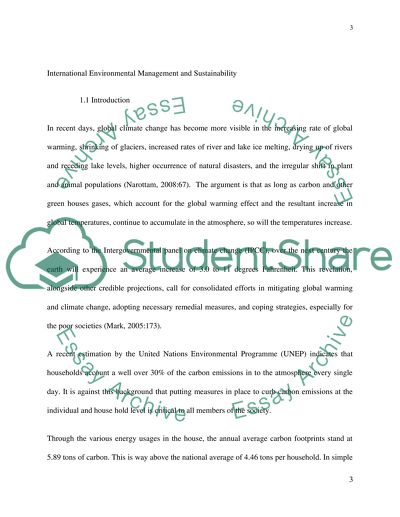Cite this document
(“Carbon Footprint Auditing and Management Assignment”, n.d.)
Carbon Footprint Auditing and Management Assignment. Retrieved from https://studentshare.org/environmental-studies/1448698-international-environmental-management-and
Carbon Footprint Auditing and Management Assignment. Retrieved from https://studentshare.org/environmental-studies/1448698-international-environmental-management-and
(Carbon Footprint Auditing and Management Assignment)
Carbon Footprint Auditing and Management Assignment. https://studentshare.org/environmental-studies/1448698-international-environmental-management-and.
Carbon Footprint Auditing and Management Assignment. https://studentshare.org/environmental-studies/1448698-international-environmental-management-and.
“Carbon Footprint Auditing and Management Assignment”, n.d. https://studentshare.org/environmental-studies/1448698-international-environmental-management-and.


